The delicious Middle Eastern desserts are a juxtaposition of crispy, soft and sweet in all manners – making them characteristically unique.

Steeped in tradition, celebration and hospitality within Middle Eastern societies, the desserts often hold cultural significance beyond their delicious taste in the culture. What is essentially a communal style of eating and punctuated by several shareable plates and platters of food, the desserts are a reminder of coming together and being able to form a memory surrounding delicious food. Many of these dessert preparations are associated with celebratory occasions like weddings, religious festivals such as Eid and even family gatherings – symbolising generosity, warmth and joy.
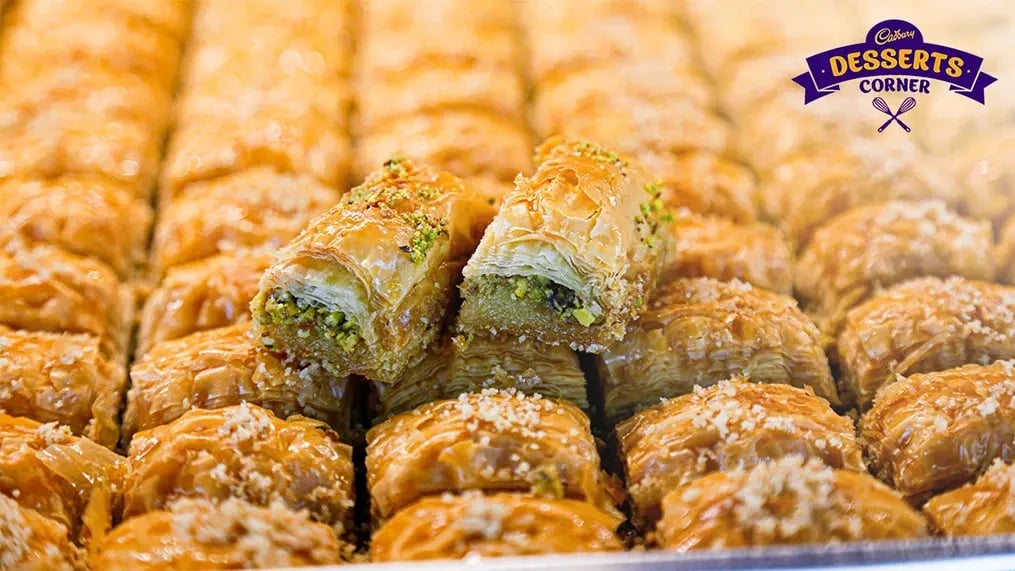
In traditional society, offering sweets to visitors is known to be cherished and a way of extending courtesy to those who occupy personal spaces, thus making guests feel welcome and honored. Often times, these desserts often have a long history of origins having been passed down through generations. Not only do they embody the culinary heritage and cultural identity of various Middle Eastern regions – with each dessert having its own unique recipe and preparation methods – but also certain sweets might be prepared and shared to mark the occasion and convey blessings.
Making desserts like baklava, kunafa or halva – all of which are considered to be iconic sweet preparations – often involves intricate processes that is meant to foster social bonds, pass on traditions and strengthen relationships. Intertwined with cultural practices, these desserts serve as a link to the past while continuing to play a significant role in contemporary Middle Eastern society. That being said, the baklava and kunafa are two delicacies that have been firmly cemented in the global map as characteristically Middle Eastern, not to mention that their growing popularity only leveraging the sheer genius of the concept behind each one. Flaky, stuffed with a moist filling and sweet – are some of the common points between both, the baklava and kunafa. However, they are two different sweets for good reason. Here’s how:
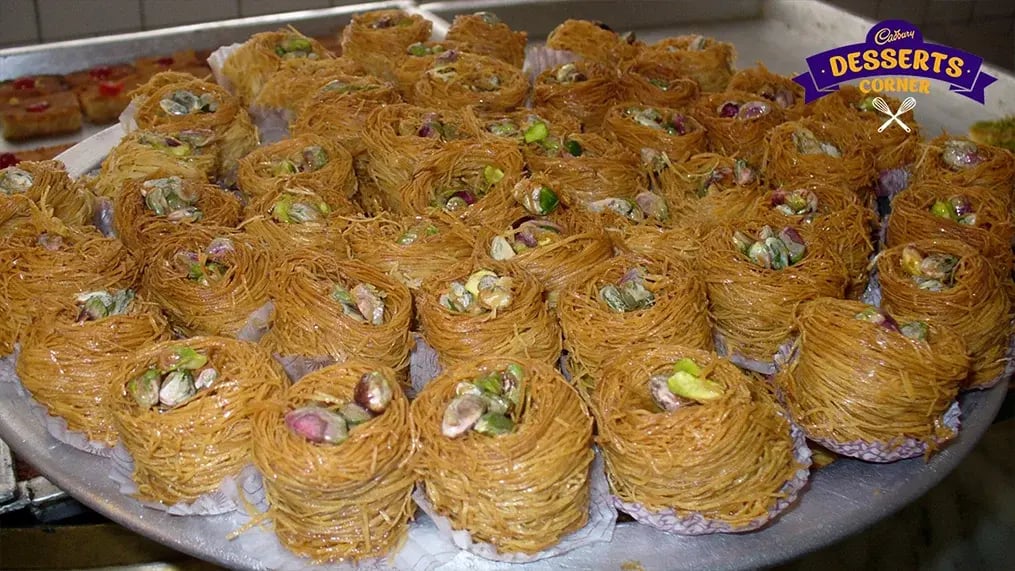
Baklava
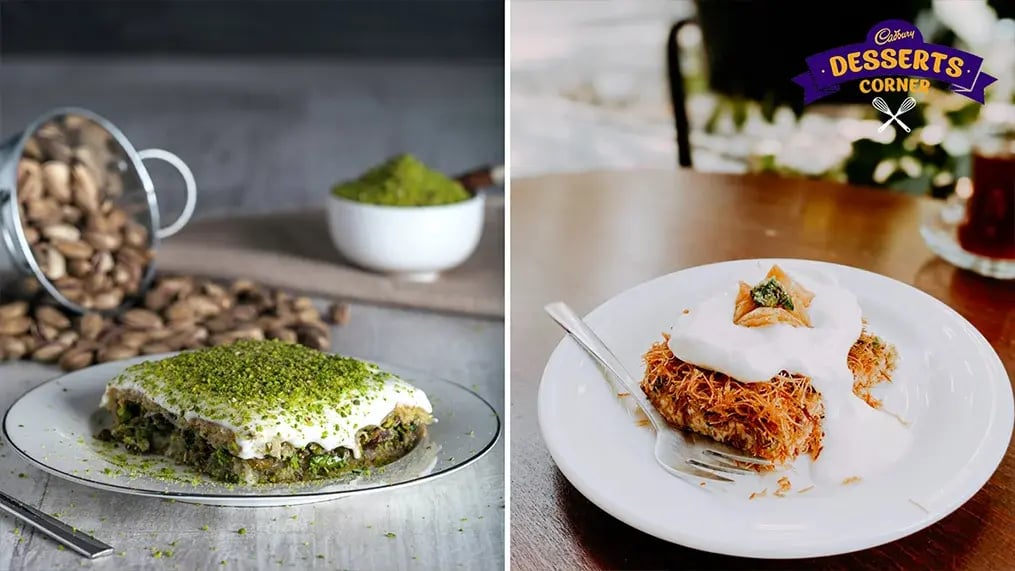
The delicious dessert that originates from the Middle East, consists of layers of filo pastry, filled with chopped nuts like walnuts, pistachios or almonds, and sweetened with syrup or honey. The layers of the filo pastry are often brushed with butter or oil to create a flaky, crisp texture when baked. This rich and indulgent treat is often served on special occasions or as a dessert. The history of the baklava is rich and spans across various cultures through the centuries. Although the exact origins are still debated, it is widely believed that the baklava was given birth in the imperial kitchens of the Ottoman Empire; not taking into account similar layered pastries which have roots in ancient Mesopotamia and the Roman Empire. The name of the dessert is borrowed from the Turkish word ‘bakla’ meaning bean due to the use of crushed nuts, resembling beans. What makes it different from the kunafa are its primary ingredients – filo pastry, pistachios and honey or syrup. Unlike the kunafa, the baklava has a flakier texture with a nutty and mild sweet flavor and typically cut into diamond-shaped bites after baking, to showcase its layers and fillings.
Kunafa

Also known as kanafeh, the kunafa is a popular dessert made with a thin noodle-like pastry, typically called kataifi or shredded filo dough. The pastry is then layered with a locally made creamy cheese, often times using white cheese like Nabulsi or Akkawi, then baked until golden and crispy. Once ready, the kunafa is soaked in a sugar-based syrup flavored with rose or orange blossom water, giving it a sweet and aromatic taste. It is also garnished with crushed pistachios or other nuts for added texture and flavor. Served warm or at room temperature, this delicacy was believed to have originated from the Palestine or Levant region and is likely to have evolved during the time of the Ottoman empire. The cheese-filled pastry grew in popularity and became one of the go-to sweets in other regions like Jordan, Lebanon and Syria for its combination of textures and flavors. What makes the kunafa different from the baklava is primarily its filling of soft cheese – unlike the latter, which is stuffed with crushed nuts. The unique blend of textures in the kunafa – combining the crispy shredded pastry with a creamy, cheesy filling, all soaked in a sweet syrup, provides a contrasting sweet-savory flavor. Often served cut into round or rectangular shapes, the kunafa is also garnished with crushed nuts on top for color and presentation.
Like This Article?
More Like This
Popular Articles
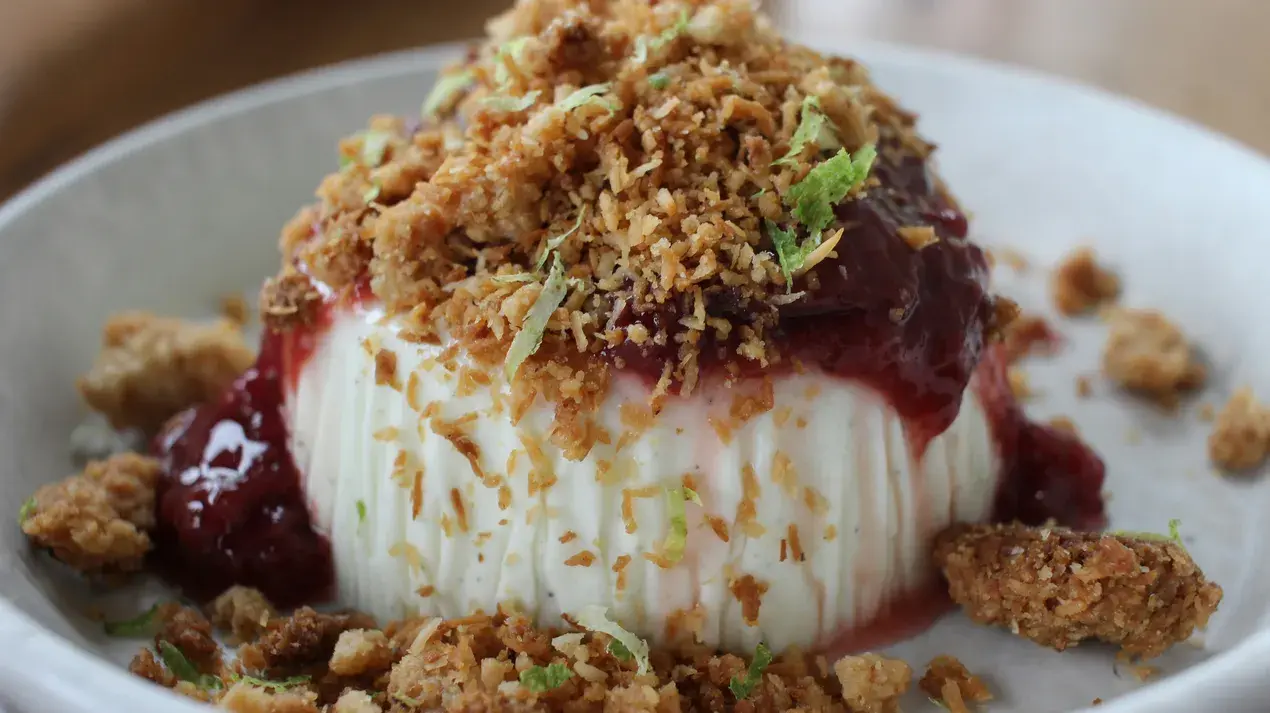
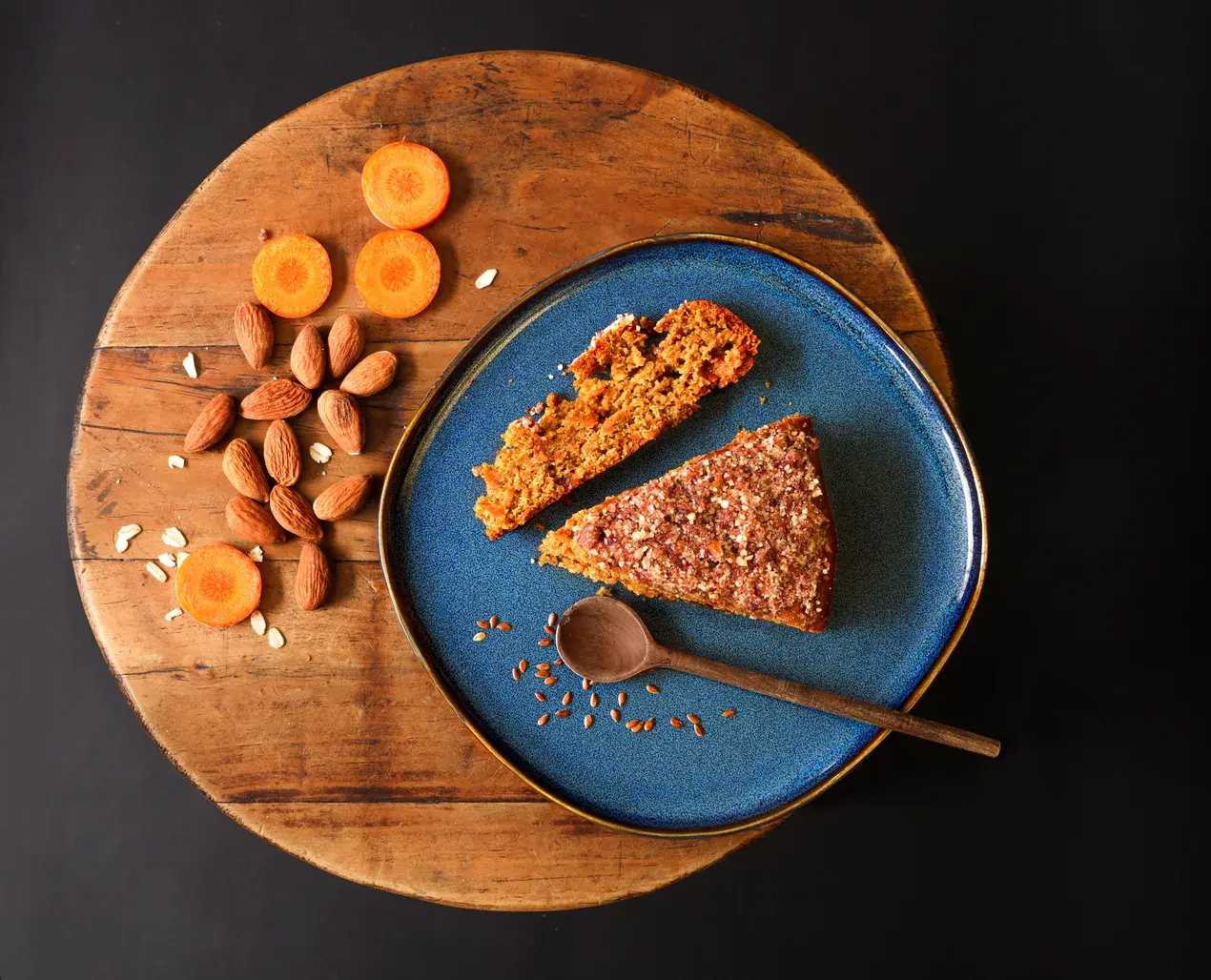



Trending Web Stories
Curated Recipes
















